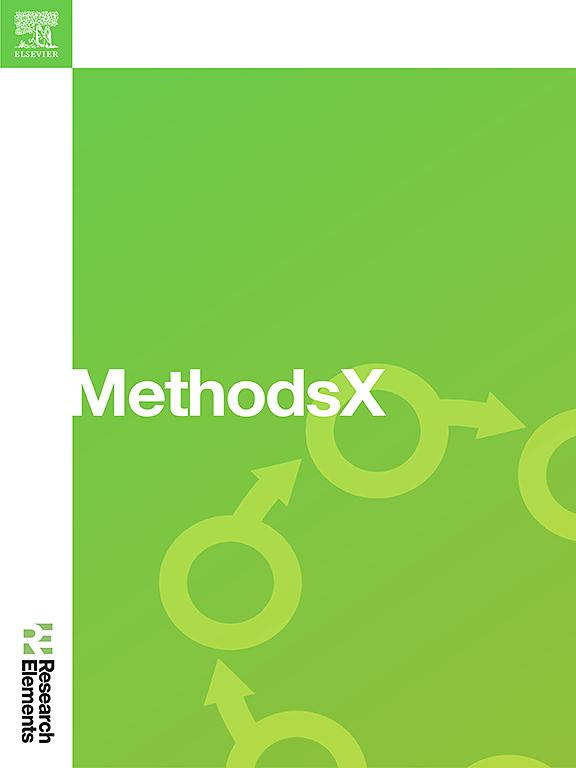利用电化学技术从废锂离子电池中可持续回收金属:综合方法综述
IF 1.9
Q2 MULTIDISCIPLINARY SCIENCES
引用次数: 0
摘要
废锂离子电池(S-LIB)的普遍存在,由于其有害成分和锂、钴和镍等稀有金属的资源密集型开采,对环境构成了重大威胁。有效的回收利用通过促进循环经济和减轻处置和初级资源开采对环境的影响提供了一个解决方案。电化学回收(ECR)已成为一种有前途的可持续回收稀有金属和促进循环经济的技术。本文讨论了s - lib的ECR方法,重点介绍了针对日益增长的关键金属需求的最新进展。2025年1月之前的美国专利数据可以使用不同的关键词从Lens数据库中访问。本文以最新和高引用的专利为重点,建立了ECR领域的优点、缺点、研究差距和未来范围。更高的选择性、更少的能源消耗、更少的环境足迹、更高的回收率以及电解质再生的可能性成为电化学技术的一些优势。然而,由于多元素系统,使用强腐蚀性溶剂,膜污染和可扩展性等挑战也被见证。未来的工作必须致力于改进电化学回收系统,使用高性能阳极,降低腐蚀性以提高电极耐久性,并改善膜性能,以实现可扩展,经济高效,环保的s - lib高纯度金属的电化学回收。本文章由计算机程序翻译,如有差异,请以英文原文为准。

Sustainable metal recovery from spent lithium-ion battery using electrochemical technique: A comprehensive method review
The pervasive presence of Spent Lithium-Ion Batteries (S-LIB) poses a significant environmental threat due to their hazardous components and the resource-intensive mining of scarce metals like lithium, cobalt, and nickel. Efficient recycling offers a solution by fostering a circular economy and mitigating the environmental impact of disposal and primary resource extraction. Electrochemical recycling (ECR) has emerged as a promising sustainable technology for recovering scarce metals and promoting the circular economy.
The paper discusses methods for ECR of S-LIBs, emphasizing the latest developments targeting the increasing demand for critical metals. The U.S. patent data available through January 2025 is accessed from the Lens database using different keywords. Focusing on the latest and highly cited patents, the paper establishes benefits, drawbacks, research gaps, and future scopes in the domain of ECR.
Higher selectivity, reduced energy usage, less environmental footprint, increased recovery rates, and possibilities of electrolyte regeneration appeared as some strengths of electrochemical techniques. However, challenges like process complexity due to multi-element systems, employment of strongly corrosive solvents, membrane fouling, and scalability are also witnessed. Future work must aim to improvise the electrochemical recovery system using high-performance anodes, decrease corrosiveness to enhance the electrode durability, and improve membrane performance to make scalable, cost-efficient, and environmentally friendly electrochemical recovery of high-purity metals from S-LIBs.
求助全文
通过发布文献求助,成功后即可免费获取论文全文。
去求助
来源期刊

MethodsX
Health Professions-Medical Laboratory Technology
CiteScore
3.60
自引率
5.30%
发文量
314
审稿时长
7 weeks
期刊介绍:
 求助内容:
求助内容: 应助结果提醒方式:
应助结果提醒方式:


